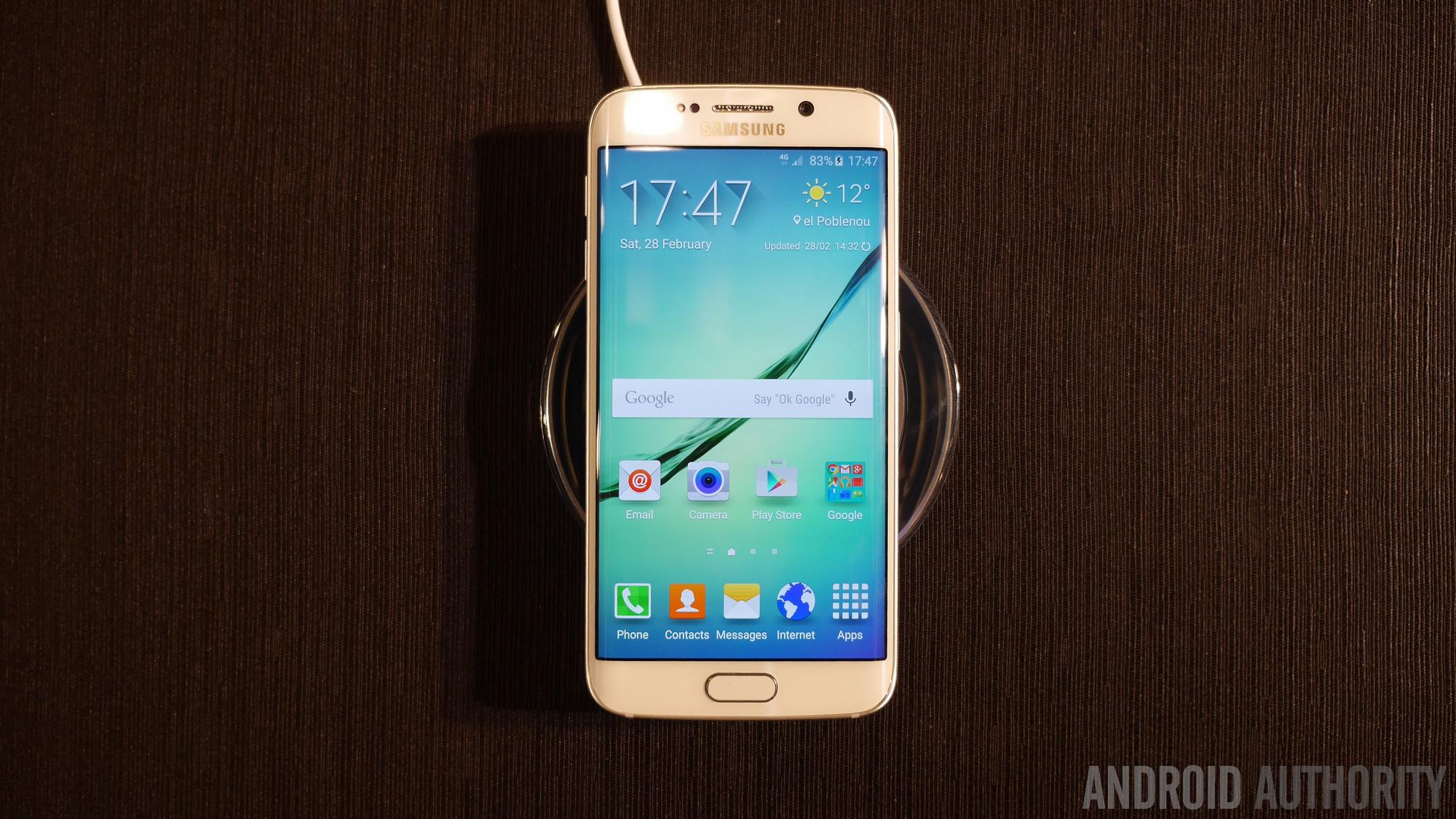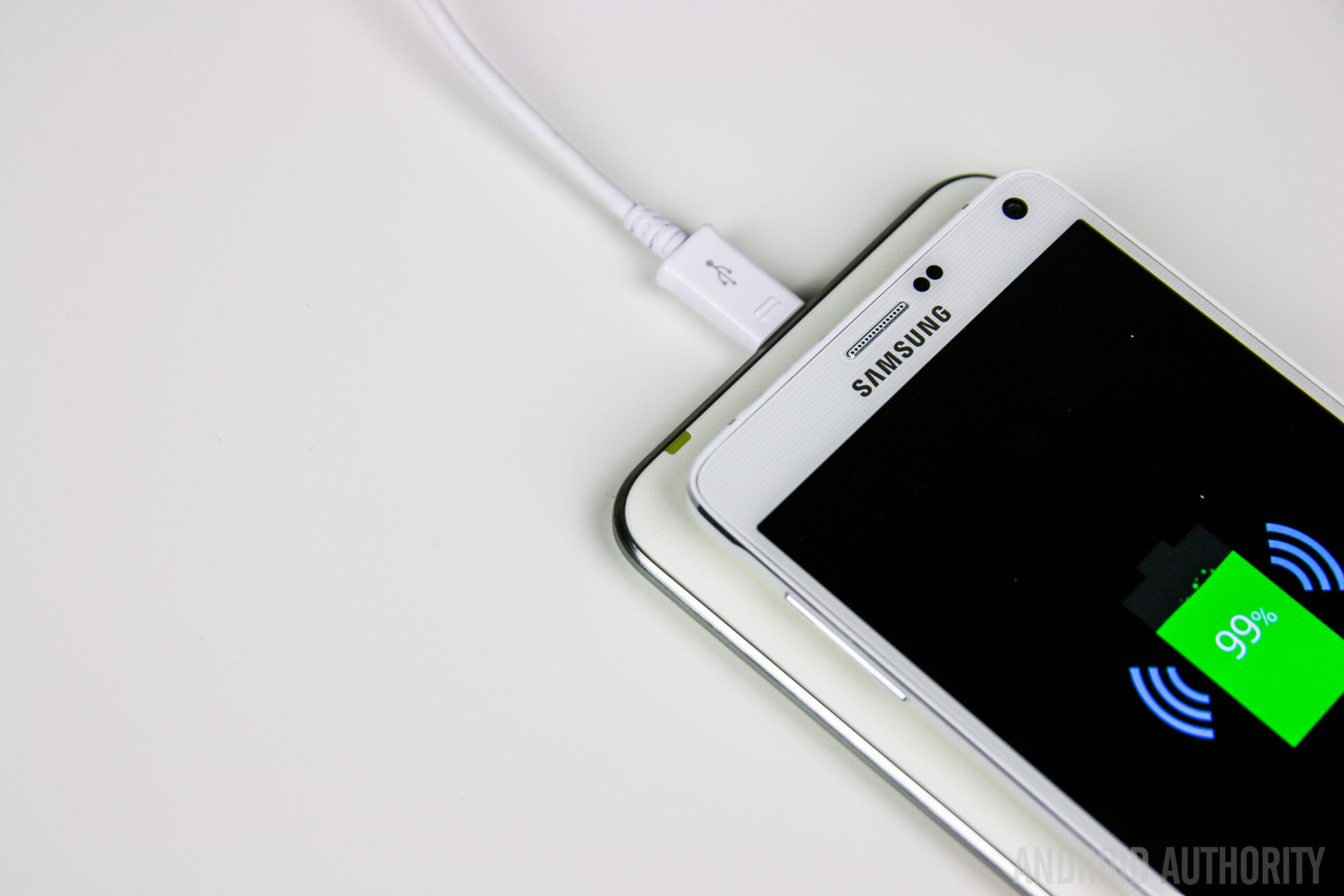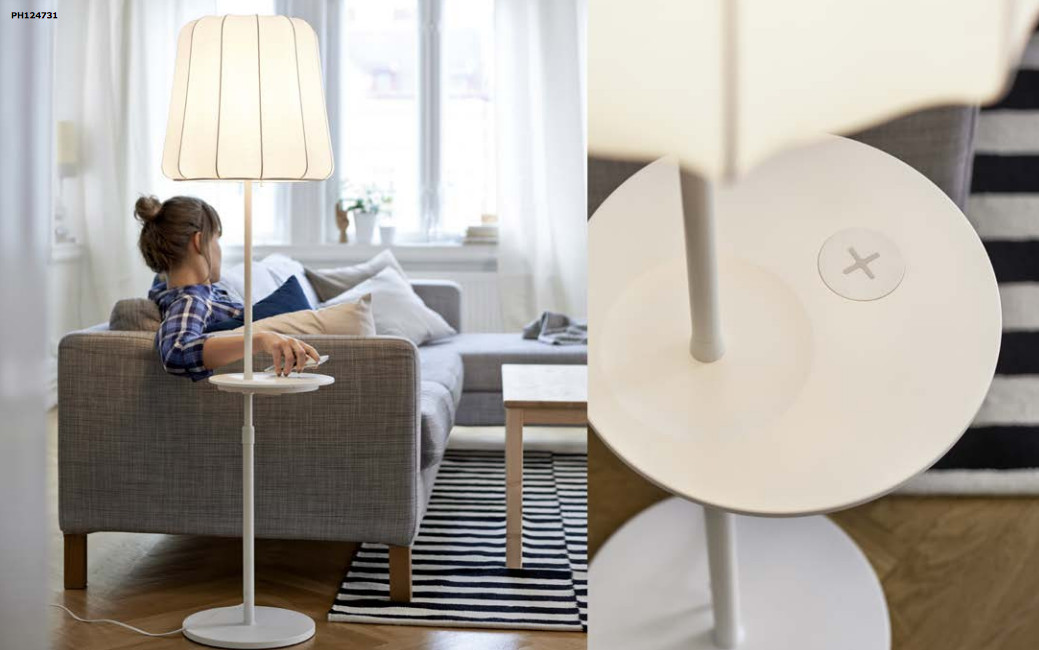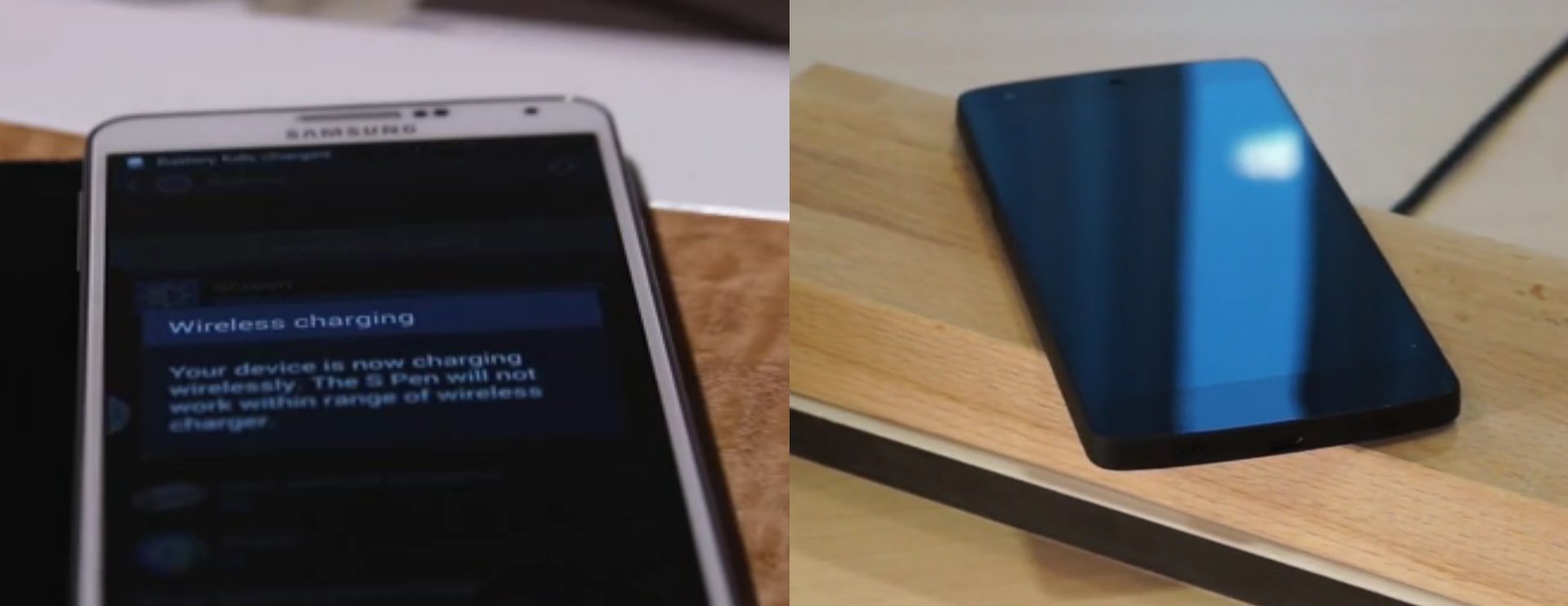Affiliate links on Android Authority may earn us a commission. Learn more.
Dual-mode wireless charging is just the stopgap on the road to resonance
Published onMay 8, 2015

It’s hard to believe that Qi inductive wireless charging was first demonstrated in an Android smartphone back at MWC more than four years ago. This year the Samsung Galaxy S6 has brought us support for not one, but two wireless charging standards, namely PMA and WPC’s Qi.
Although multi-mode devices are something we’re likely to see much more of in the future, they don’t necessarily solve the fundamental problem with inductive charging – there’s simply very little extra utility in a wireless charging dock compared with a simple USB cable.
Wireless power is heading towards resonance and multi-mode devices will facilitate the transition
As we’ve discussed before, resonant charging, such as the Rezence standard being put forward by A4WP, is a much more promising technology from the point of us consumers. It allows for the charging of multiple different devices at once, at greater distances, without having the hassle of lining up the device and charging stations perfectly.
Depth is also an important but often overlooked point here. Although we’re still only taking centimetres and not meters, the extra range offered by resonance allows manufacturers to discreetly embed charging stations inside desks or car compartments, rather than having to rely on direct surface contact, mats or docks.

I much prefer the idea of leaving my various gadgets on a night-stand with an embedded charger and waking up to find them full of juice. No docks, no cables, just convenience. Unfortunately, we’re caught in a bit of a chicken and egg scenario before we can get there, with device manufacturers holding back support because of a lack of accessories and a lack of devices preventing the accessory market from growing. A reverse scenario continues to lend support to the Qi status-quo.
Multi-mode in the here and now
This is where multi-mode products become a really important part of the market, as this type of technology should help smooth out a transition from induction to resonance, by supporting both existing and future standards.
For example, NuCurrent, which designs antennas for wireless power devices, has been collaborating with Broadcom to develop a single antenna board that works with A4WP, PMA, and Qi standards, and can even support NFC on the same PCB if need be. Last June the company partnered with Gill Electronics to provide the resonators for the first A4WP Rezence certified products from furniture manufacturers such as OFS Brands, Kimball Office and National Office. Although we have already heard about Qi enabled furniture from IKEA and Starbucks PMA charging hotspots, support for all three big standards in one transmitter is a bigger deal in the long game.

Importantly, there aren’t huge additional costs, either financial or in terms of space, in providing a multi-mode solution. This means that companies should be able to cheaply hedge their bets against whichever standard ends up as the most popular. Although this probably won’t apply to wearables, due to the limited space.
“Multi-mode is a band aid until there is resonance-style technology that is ready to be the standard” – NuCurrent CEO Jacob Babcock
The Galaxy S6 is the first multi-mode mobile device but it only supports the two main inductive standards. However, remember that MediaTek has a multi-mode wireless charging chip for all three standards and NuCurrent’s business relationship with Molex could also provide embedded solutions for gadgets. We’re still waiting on the first A4WP resonance standard-compliant smartphone, tablets and wearables, but these are finally expected to hit the market sometime in the second half of the year.
Development of smaller integrated parts clearly takes some time, but by focusing on ensuring support in accessories, automotive and furniture first, A4WP could have a significant presence by the time the embedded technology hits the market. Especially as multi-mode support becomes more commonplace and manufacturers look to hedge their bets against whichever standard will prevail.
Another looming standards battle
Keen-eyed followers of wireless power may remember a few Qi Resonance demos from a while back, which aimed to show that the company’s existing products are already compatible with resonance charging technologies.
The WPC is working on its own resonance standard and is clearly under increasing pressure from A4WP, but the early demos perhaps don’t do the technology justice. Inductive and resonance are two halves of the same idea, but there are a few points worth clarifying about Qi’s demo implementations.

We’ll avoid too much technical stuff, sufficient to say that Qi’s relatively low operating frequency (110 to 205 kHz) does not allow for the same peak potential efficient power transfer over longer distances as the higher frequency 6.78MHz A4WP standard. Though A4WP doesn’t specify a distance for its technology, we’re typically looking at supplying power up to 5cm with Rezence. The Qi resonance demo showed an operating distance of just 2.8cm. Accurately tuned high frequency resonant circuits are more difficult to design, but the potential for higher power and efficiency over distance is greater.
A proper, efficient Qi Resonance standard is going to take some time to complete
Similarly, the Quality (Q) factor of the coil is also important, as higher Q coils designed for high frequency transitions can also be built smaller and thinner, which helps avoid issues with heat. Remember, highly tuned resonant circuits are specifically designed to transfer more power over a greater distance, so the entire system needs to be designed around handling this power and heat efficiently. It’s not just about tuning the frequency.
In other words, it’s not just a simple case of tuning a signal to increase the distance, the system has to be built around the right coil (antenna) for the job. Therefore, Qi technology, as it stands, is not particularly well suited for efficient resonant power transfer, despite demos showing that it at least works. The underlying specifications will likely change in a future Qi revision, which directly addresses resonance charging.
[related_videos title=”More wireless power content:” align=”center” type=”custom” videos=”579533,580165,365524″]
At the moment, there is no defined Qi Resonance standard, as the group continues to refine its resonance technology. Importantly, this means that accessory manufacturers cannot begin implementing multi-mode products that are guaranteed to be compatible with future Qi products. Furthermore, it’s not clear if existing Qi products will be compatible, or at least fully efficient, with whatever the Qi Resonance standard ends up looking like.
This leaves A4WP with a considerable head start over Qi in the resonance space, somewhere in the region of 18-24 months’ worth of development. A4WP gadgets should arrive on the market later this year and it’s likely that smartphone manufacturers will be keen to be one of the first to support it. By the time Qi Resonant electronics hit the market, resonance might be old news. Of course, Qi already has some serious industry connections with manufacturers, so it may be able to move into resonance a little quicker once its standard is finalized.
And the winner is …
I’m happy to call inductive charging old news. It’s had years to capture consumer imagination, but has failed to produce a really compelling product range. Resonance is more promising, although it still has to pass the ultimate test when technology lands in the hands of consumers.
I’m convinced that wireless power is heading towards resonance in the medium term, and multi-mode devices will facilitate the transition. Whether Qi Resonance, A4WP or some newly merged group will end up as the prevailing standard remains to be seen, and ultimately it will depend on which standard device manufacturers choose to back. Until a winner is crowned, we’re likely to see more device and accessory support for a full range of standards and technologies.